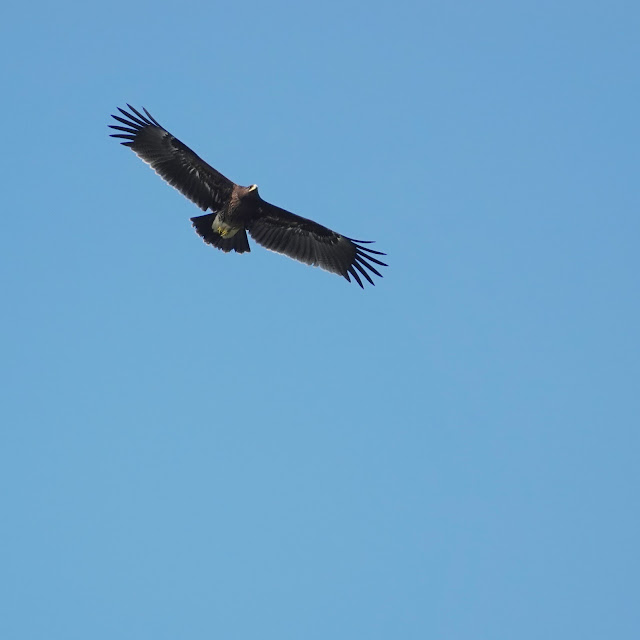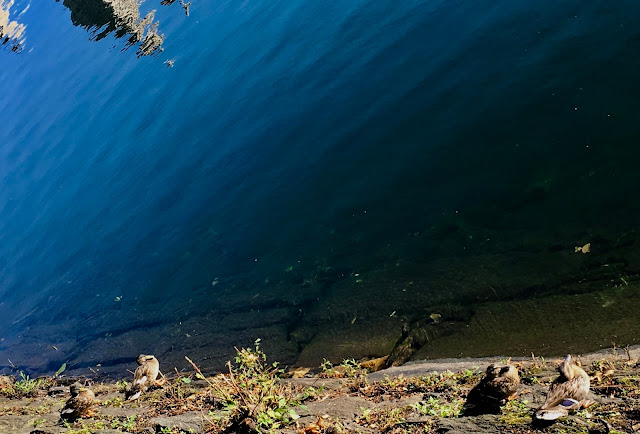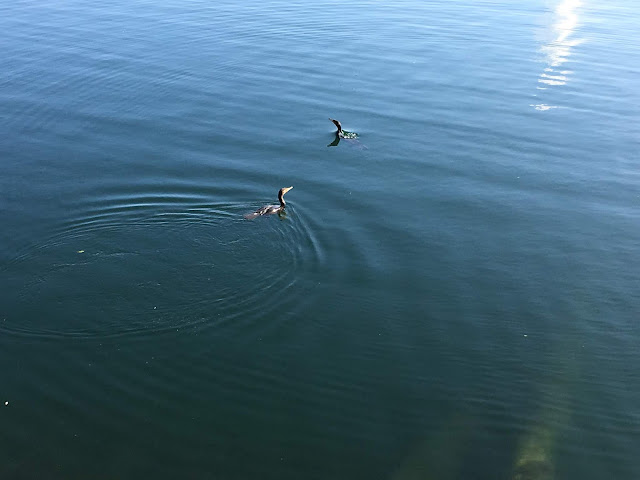Early start today! Went off to Adyar Estuary to bird - part of AWC. Arrived at 630, to find a huge gaggle of bikers, all headed to the Broken Bridge, uhh! Syed, Sagarika, Gayathree, Gowtham, Rohith - two spotting scopes. Ran into Yuvan and Aswathi as well - and as a result got myself a copy of the Coastal Fauna of Chennai, put together by them - 160 species that you would commonly find.
The walk on the sand was filled with land mines - defecation free my foot - sigh!
Some beach combing before arriving at the estuary. Besides all the human waste (literally), and flotsam, that included slippers, cartons, thermocol, flower garlands and what not, were various fragments of creatures. Many dead OR turtles too - I saw 3! I believe the SSTCN has suspended their public walks due to COVID. I hope they are still collecting those eggs. Now there is only a TN hatchery.
 |
| A washed up Spiral Babylon snail shell - A marine gastropod mollusc once lived in it |
 |
| Another sea snail - Murex tribulus, with all its spines that protect it from other predators, while it happily feeds on other molluscs. |
 |
| The Common Moon Crab that has no Wiki page, goodness! I love their paddle like feet, supposedly helps them disappear into the sand in a trice. |
 |
| Japanese sponge crab, with the pink pincers |
And then we arrived at the estuary mouth
 |
| Regular recreation spot is the broken bridge |
 |
| Magical morning, with the sun shimmering off the water |
 |
| Pelicans, egrets, crows and humans a plenty. Smaller flocks of plovers that were too far away for me to see well. Spotting scopes very much needed. |
 |
| While Rohith counted the Redshanks, I admired the waves of sand left behind at low tide. |
 |
| The crow kept an eye on me while pretending not to, as it fed on a fish. |
 |
| This Little Egret balanced on this water weed endlessly meditating on the waters. Fishermen fished, and shoals of small silver fished jumped in the air. |
I was fascinated by the little egrets fishing on the water’s edge. New behaviour seen in 2022 for me. I couldn't get enough of them. As they kind of squawked at each other and the crows - seemed rather grumpy, though they kept feeding!!
Many of them had their breeding headgear kudumis, flapping in the wind, quite cutely.
A Caspian Tern flew overhead, Pond Herons skulked in the mangroves, and cormorants alternated between drying themselves and periscoping in the water. And then it was time to head back, and as we walked back, there was a lot more to see in the undergrowth just outside the TS walls!
My first hoopoe of the year, busy ferreting in the mud, with its long beak, White-browed bulbuls in pairs, calling loudly, reminding me of a gurgling stream, bee eaters gliding across, Prinia occupying the high perches and singing, a purple sunbird glinting in the sun, parakeets and spotted doves. The butterflies were beginning to sun themselves, tawny fosters, a blue tiger, and large Crimson Rose fluttered by.
Sagarika and I malingered as usual and were the last to wind up and head home. Sun, sea and sand, and I had worked up a good appetite - a Mysore masala dosai was a good way to end it.






































































